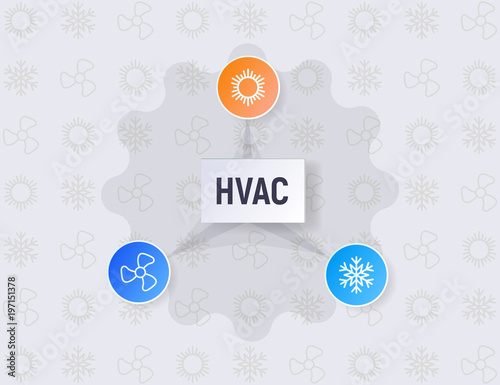The Future Of Home Home Heating - How Heatpump Modern Technology Is Progressing
The Future Of Home Home Heating - How Heatpump Modern Technology Is Progressing
Blog Article
Authored By-Fraser Goff
Heatpump will certainly be a crucial modern technology for decarbonising heating. In a circumstance constant with federal governments' introduced energy and climate commitments, their international ability increases by 2030, while their share in heating rises to one-quarter.
They function best in well-insulated homes and rely upon electricity, which can be provided from a renewable power grid. Technological developments are making them extra reliable, smarter and cheaper.
Gas Cells
Heatpump utilize a compressor, cooling agent, coils and fans to relocate the air and warm in homes and devices. They can be powered by solar power or power from the grid. They have been obtaining appeal due to their affordable, silent operation and the capacity to create electricity during peak power demand.
Some business, like IdaTech and BG MicroGen, are working on fuel cells for home heating. These microgenerators can replace a gas boiler and generate a few of a house's electric needs with a connection to the electricity grid for the remainder.
But there are factors to be hesitant of using hydrogen for home heating, Rosenow states. It would be costly and ineffective compared to various other modern technologies, and it would certainly contribute to carbon discharges.
Smart and Connected Technologies
Smart home modern technology enables house owners to attach and control their tools remotely with the use of mobile phone apps. For example, smart thermostats can discover your home heating choices and automatically adapt to enhance power consumption. Smart lighting systems can be managed with voice commands and immediately turn off lights when you leave the space, reducing energy waste. And smart plugs can check and handle your electric use, enabling you to identify and restrict energy-hungry appliances.
The tech-savvy family depicted in Carina's meeting is a good illustration of how passengers reconfigure room heating techniques in the light of brand-new clever home modern technologies. They rely upon the devices' automatic attributes to carry out daily modifications and concern them as a practical methods of conducting their home heating practices. Therefore, just click the up coming article see no reason to adjust their techniques even more in order to allow versatility in their home energy demand, and interventions focusing on doing so might deal with resistance from these houses.
Electrical power
Because heating homes accounts for 13% people emissions, a switch to cleaner alternatives can make a large distinction. But the technology deals with challenges: It's costly and calls for considerable home restorations. And it's not constantly suitable with renewable resource sources, such as solar and wind.
Up until lately, electric heatpump were too expensive to compete with gas designs in a lot of markets. Yet new technologies in design and products are making them a lot more affordable. And better cool environment efficiency is allowing them to function well also in subzero temperatures.
The next action in decarbonising heating might be the use of heat networks, which attract heat from a central resource, such as a close-by river or sea inlet, and distribute it to a network of homes or buildings. That would certainly lower carbon exhausts and enable houses to make the most of renewable resource, such as environment-friendly electrical power from a grid supplied by renewables. This choice would certainly be much less expensive than switching to hydrogen, a fossil fuel that requires new facilities and would just minimize carbon dioxide discharges by 5 percent if paired with enhanced home insulation.
Renewable Energy
As electrical energy prices go down, we're beginning to see the very same trend in home heating that has driven electric cars and trucks into the mainstream-- however at an even faster speed. The solid environment situation for electrifying homes has been pressed additionally by new research study.
https://www.prnewswire.com/news-releases/radiant-plumbing-and-air-conditioning-named-best-of-the-best-301196337.html account for a substantial share of contemporary heat usage, however have been provided limited policy focus around the world compared to various other end-use industries-- and even much less interest than electricity has. Partially, this shows a mix of customer inertia, split incentives and, in several nations, aids for fossil fuels.
New technologies can make the change simpler. As an example, heat pumps can be made more power efficient by replacing old R-22 cooling agents with new ones that do not have the high GWPs of their predecessors. Some professionals also imagine area systems that attract heat from a nearby river or sea inlet, like a Norwegian fjord. The warm water can then be used for heating & cooling in an area.